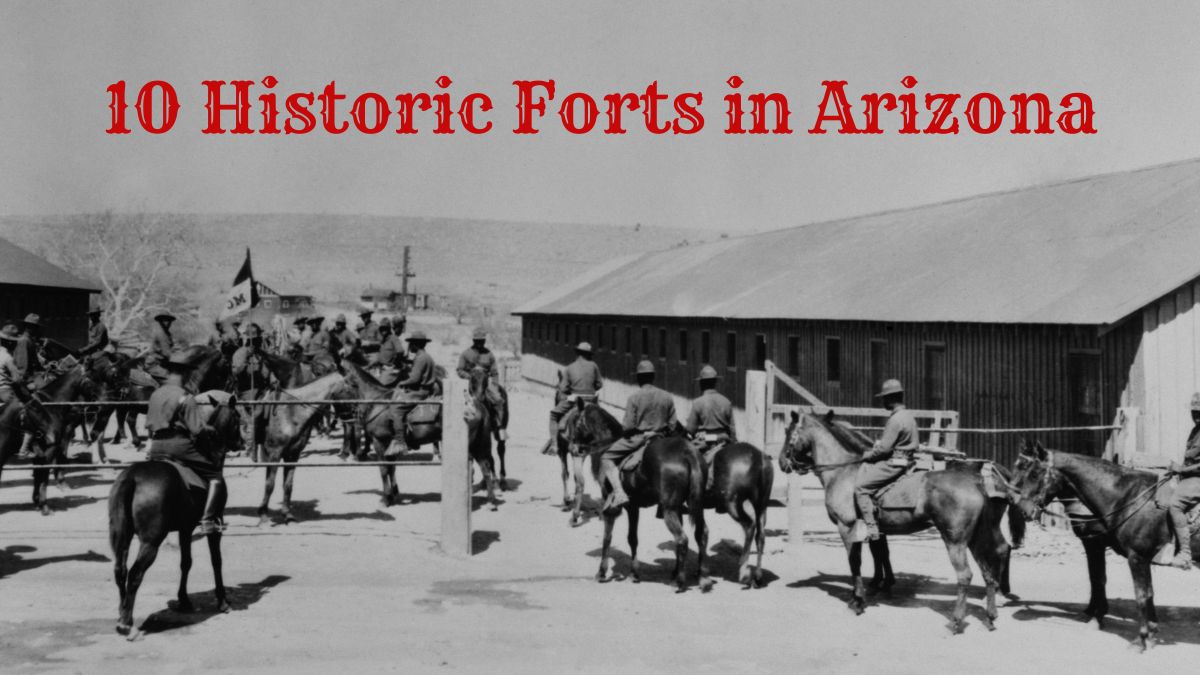Arizona, with its rich history and diverse landscapes, is home to numerous historic forts that shaped the American Southwest.
These forts, from the adobe structures of Fort Huachuca to the ancient ruins of Fort Defiance, tell stories of the United States military, frontier life, and conflicts like the Apache Wars.
In this article, Historic Forts in Arizona, we will explore several of these strongholds, which kept settlers safe and helped transform the Southwest into what it is today. Read on to learn more about the history and structures that paved the way to westward expansion.
Historic Forts in Arizona
| 1. Fort Huachuca | 6. Fort Whipple |
| 2. Fort Apache | 7. Camp Lowell |
| 3. Fort Defiance | 8. Fort Thomas |
| 4. Fort Bowie | 9. Camp Grant |
| 5. Fort Verde | 10. Fort McDowell |
1. Fort Huachuca
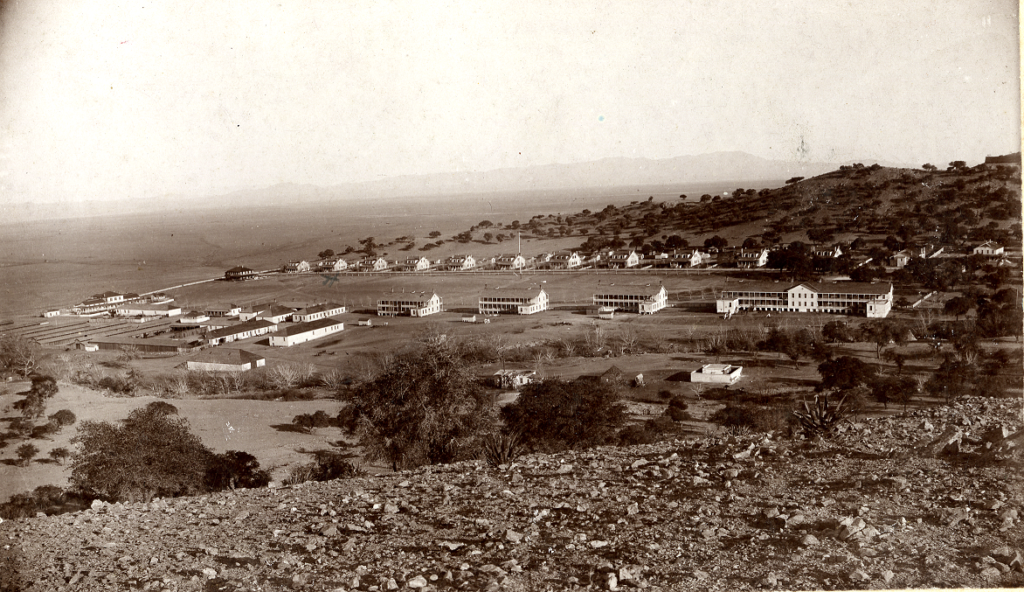
Fort Huachuca, established in 1877 in Southeastern Arizona, has played a pivotal role in American military history, particularly during the Apache Wars.
The fort was initially set up to protect settlers and travel routes in the region and quickly became a strategic point in the military campaigns against the Apache tribes, notably the Chiricahua Apaches.
General George Crook and the Apache Wars
General George Crook, a key figure in these conflicts, utilized Fort Huachuca as his base for operations. His tactics and strategies were central to the eventual surrender of Apache leaders.
Throughout these campaigns, the fort served as a crucial outpost for the U.S. military, facilitating the tracking and engagement of Apache bands across the rugged terrain of Arizona and Mexico.
As the years progressed, Fort Huachuca expanded, adding various military facilities, including barracks, administrative buildings, and a parade ground.
Its strategic location near the Mexican border enhanced its importance in the U.S. military’s operations in the Southwest.
Role in the 20th Century and World War II
In the 20th century, particularly during World War II, the fort was repurposed for training and housing troops. It adapted to the military’s changing needs, including developing electronic ranges and testing facilities.
The fort also played a significant role in the history of African American soldiers, especially the Buffalo Soldiers, who were stationed there in the late 19th and early 20th centuries.
Fort Huachuca Today: A Historic Landmark
Today, Fort Huachuca is a National Historic Landmark, embodying its rich history in U.S. military endeavors.
It continues to operate as an active military installation focusing on intelligence and communications, preserving its historic buildings, parade ground, and visitor center.
It also offers the public a glimpse into its storied past. Located in Sierra Vista, Arizona, Fort Huachuca remains an accessible and significant site for understanding American military history.
2. Fort Apache
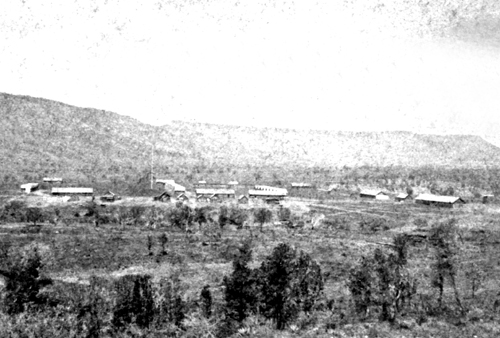
Fort Apache, steeped in the history of the Apache Wars, played a vital role as a site for military campaigns during this period.
Established in the latter half of the 19th century, it witnessed vital events and figures that shaped the American Southwest.
One of Fort Apache’s most notable aspects is General George Crook, a prominent military figure in the Apache Wars. His campaigns, particularly during the 1870s, were crucial in the U.S. military’s efforts against the Apaches.
The Battle of Apache Pass, a significant engagement in these conflicts, was a turning point in the military strategies employed against the Apache tribes.
Establishment and Evolution of Fort Apache Historic Park
Fort Apache evolved from a military installation into a historic site called Fort Apache Historic Park.
This transformation began notably in the late 19th and early 20th centuries, with the preservation of original buildings.
These structures, including officer quarters and barracks, date back to the fort’s early days and have been maintained to provide a historical context to visitors.
The Fort Apache Historical Park showcases these historical buildings, offering a glimpse into the life of army officers during the Apache Wars.
Additionally, the park includes a cemetery, which dates back to the time of the conflicts, providing a sad reflection of the lives lost during this turbulent period in American history.
Fort Apache’s Historical Significance and Preservation
Fort Apache’s role in the Apache Wars, along with the preserved buildings and cemetery, highlights the complex history of the American Southwest, particularly in the late 19th century.
Preserving these sites provides educational and cultural insights into the military strategies, daily life, and the broader socio-political dynamics of the era.
Today, Fort Apache Historic Park stands as a testament to this critical chapter in American and Native American histories, offering a valuable resource for historians, educators, and the general public.
3. Fort Defiance
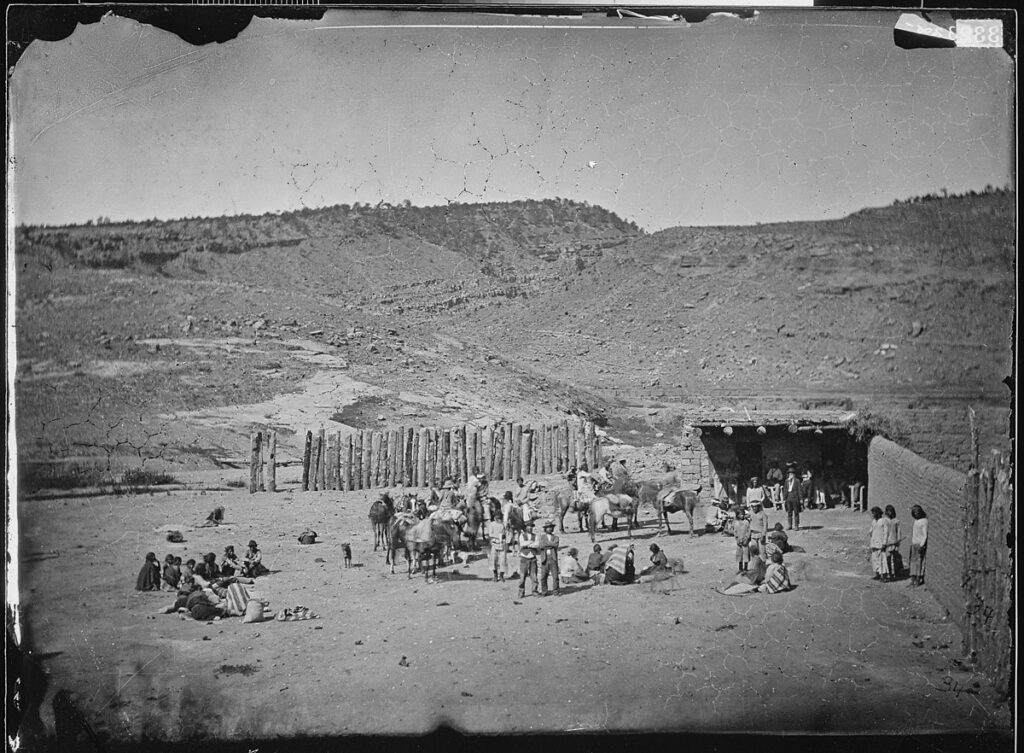
Fort Defiance, situated in northern Arizona near the Colorado River, is significant in the histories of the Navajo and Apache people.
Its establishment and evolution reflect the complex interactions between Native American tribes and the American military during the 19th century.
Fort Defiance was established in the Arizona Territory as a temporary camp during the mid-19th century. Its inception was closely tied to the American military’s efforts to exert control over the Navajo and Apache regions.
This temporary camp gradually became a more permanent military post, marking a significant shift in the U.S. military’s presence and strategy in the Southwest.
By the latter half of the 19th century, Fort Defiance had transformed from a makeshift encampment into a permanent military installation.
This transition was crucial as it symbolized the enduring presence of the U.S. military in the region and its ongoing interactions with the Navajo and Apache people.
Fort Defiance in the Context of Southwest American History
The establishment and evolution of Fort Defiance are emblematic of the broader historical narrative of the American Southwest.
Its presence played a pivotal role in shaping the relationships between the U.S. military and the Native American tribes in the area, particularly the Navajo and Apache.
The fort’s history is intertwined with key events and policies that affected these tribes, including military campaigns and subsequent treaties.
Fort Defiance Today: A Historical Landmark
Today, Fort Defiance is a historical landmark, offering insights into a critical period of American and Native American history.
Its location in Northern Arizona, near the Colorado River, makes it a point of interest for those studying the region’s history and the interactions between the U.S. military and Native American tribes.
4. Fort Bowie

Fort Bowie, established in 1862 in Southeast Arizona, is renowned for its role in the Bascom Affair, a crucial incident that intensified the conflict between the United States and the Chiricahua Apaches.
This fort is a significant landmark in the Apache Wars history and the American Southwest’s broader narrative.
The Bascom Affair: Catalyst for Conflict
The Bascom Affair, unfolding in 1861, was a seminal event that took place at the John Ward ranch. This confrontation involved Lieutenant George Bascom of the U.S. Army and the Chiricahua Apache leader Cochise.
The misunderstanding and subsequent hostilities that arose from this encounter marked a turning point, leading to prolonged and intensified conflicts between the U.S. military and Apache tribes.
In response to the escalating tensions following the Bascom Affair, Fort Bowie was constructed in 1862.
Its strategic location in Southeast Arizona was chosen to establish control over Apache Pass and to serve as a crucial point in military operations against the Apaches.
The fort played a vital role in the U.S. government’s efforts to manage and contain the Apache resistance in the region.
Visiting the Historic Fort Bowie Site
Today, the historic site of Fort Bowie can be accessed through a mile-long hike, inviting visitors to explore the remnants of its past.
The trail leads to the ruins of adobe buildings and other structures that were part of the original fort.
This journey directly connects to the era of Cochise and his followers, providing a physical and historical landscape for understanding the Apache Wars.
Fort Bowie’s enduring legacy is not just in its military history but also in its value as an educational resource. The site offers insights into the complex and often fraught history of U.S.-Native American relations in the Southwest.
Preserving Fort Bowie allows for a deeper understanding of the events, strategies, and implications of the Bascom Affair and the subsequent conflicts.
5. Fort Verde

Fort Verde, established in the mid-19th century in the heart of the Arizona Territory, played a significant role during the Indian Wars.
This fort was a central hub of military activity, particularly in the campaigns against Native American tribes in the region.
Constructed in the 1860s, Fort Verde was strategically located to serve as a key military outpost during the Indian Wars.
Its primary role was to support the U.S. military’s operations against various Native American tribes in the Arizona Territory.
The fort’s location made it a crucial point for launching military campaigns and managing the complex dynamics of the region.
Preservation of Fort Verde
Today, Fort Verde is preserved by the National Park Service, a testament to its historical significance. The preservation efforts have maintained the fort’s original adobe structures, including barracks and other essential buildings.
These structures offer a glimpse into the life and operations of the U.S. military during this tumultuous period.
Visitors to Fort Verde can explore the well-preserved parade ground and additional buildings that reflect the fort’s past.
These preserved sites provide a tangible connection to the 19th-century military history of the American Southwest, particularly the experiences of soldiers and officers who were stationed there.
6. Fort Whipple
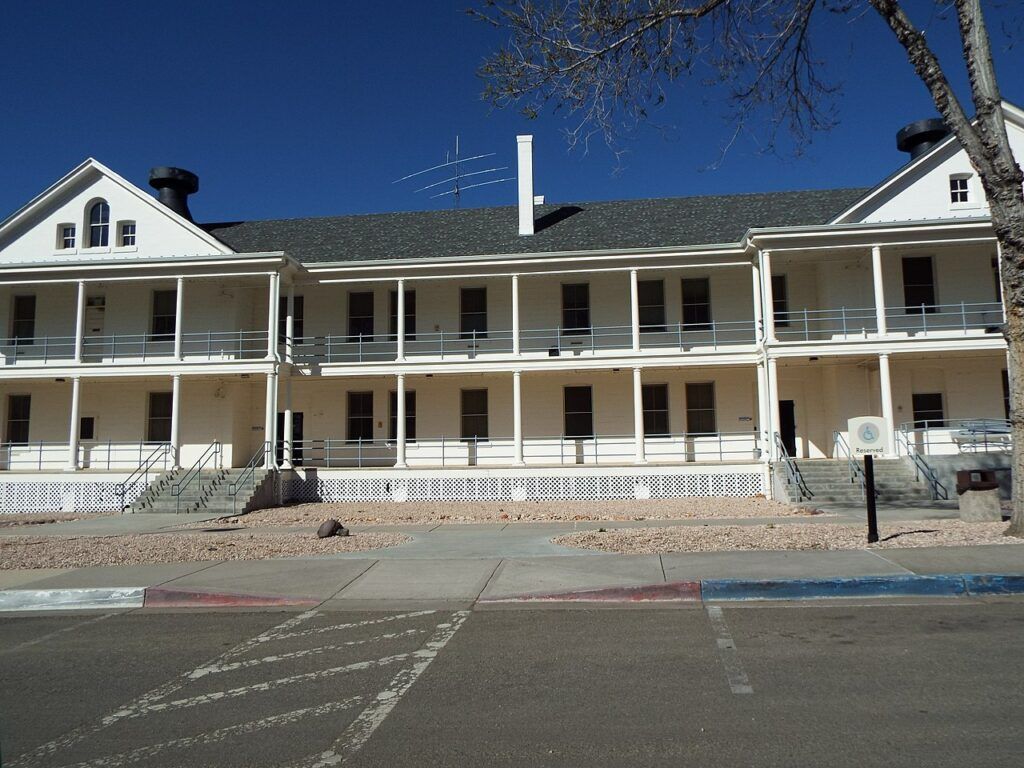
Fort Whipple, situated in Northern Arizona, has a storied history that began during the Civil War and continued through its involvement in the campaigns against Native Americans.
Today, as part of the Sharlot Hall Museum, it offers a unique window into a significant period in American military history.
Fort Whipple was established in the early 1860s during the American Civil War. Its initial purpose was to serve as a tactical location for Union forces in the Western United States.
This period marked the beginning of Fort Whipple’s military significance, setting the stage for its later role in the post-Civil War era.
After the Civil War, Fort Whipple became a central post in the U.S. military’s campaigns against Native American tribes.
This shift in focus was part of the broader military strategy during the Indian Wars, where forts like Whipple played crucial roles in the government’s efforts to control the expanding frontier.
Fort Whipple and the Buffalo Soldiers
One of the notable chapters in Fort Whipple’s history is its association with the Buffalo Soldiers of the 10th Cavalry, an African-American regiment in the U.S. Army.
These soldiers and other army units were stationed at Fort Whipple, pivotal in the military campaigns and the history of integration in the U.S. armed forces.
Preservation as Part of the Sharlot Hall Museum
Now integrated into the Sharlot Hall Museum, Fort Whipple has been preserved to educate the public about its rich history.
Visitors can explore the fort and get a sense of the life of the soldiers who served there, including the Buffalo Soldiers.
The museum showcases various artifacts, photographs, and exhibits that highlight the fort’s military past and its role in the broader context of American history.
7. Camp Lowell
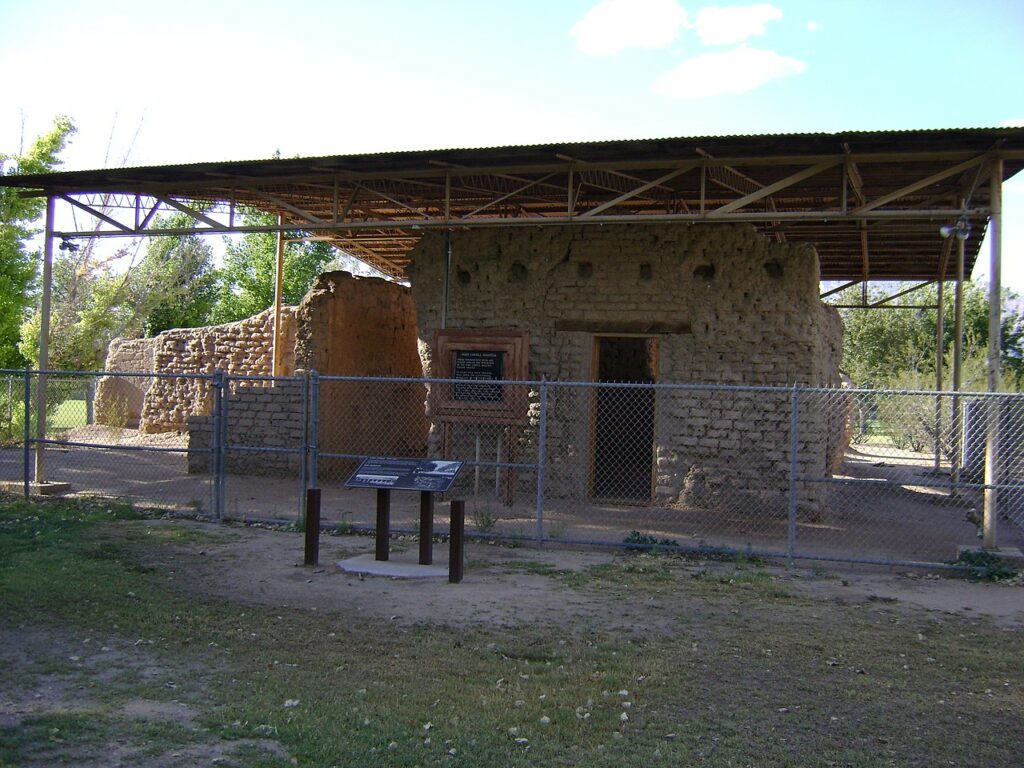
Camp Lowell, established initially as a military post in Southern Arizona, played a notable role in the region’s history before evolving into the city of Tucson.
This transformation from a military fortification to a bustling urban center is a unique aspect of Tucson’s heritage.
Camp Lowell was established in the 1860s during a period of expansion and conflict in the American West.
Its initial purpose was to serve as a strategic military outpost, playing a role in the Arizona territory’s various military campaigns and activities. The camp was a key site for the U.S. Army, providing a base for regional operations.
Over time, as the need for a military presence diminished, Camp Lowell began to transform. This gradual transition involved the repurposing of military structures and the development of new civilian infrastructure.
By the late 19th century, Camp Lowell had effectively evolved into the modern city of Tucson, marking a significant shift from its origins as a military post.
Preservation of Historical Structures
Despite its transformation, the legacy of Camp Lowell is still visible in Tucson today. Adobe buildings and the parade ground that once were part of the military camp have been preserved as part of the city’s rich heritage.
These structures provide a physical reminder of Tucson’s military past and transition to a vibrant urban center.
Today, the remnants of Camp Lowell are integrated into the urban fabric of Tucson, serving as historical landmarks that reflect the city’s origins.
The preserved adobe buildings and parade ground are historical sites and symbols of the city’s evolution and growth. They showcase Tucson’s journey from a frontier military post to a thriving modern city.
8. Fort Thomas
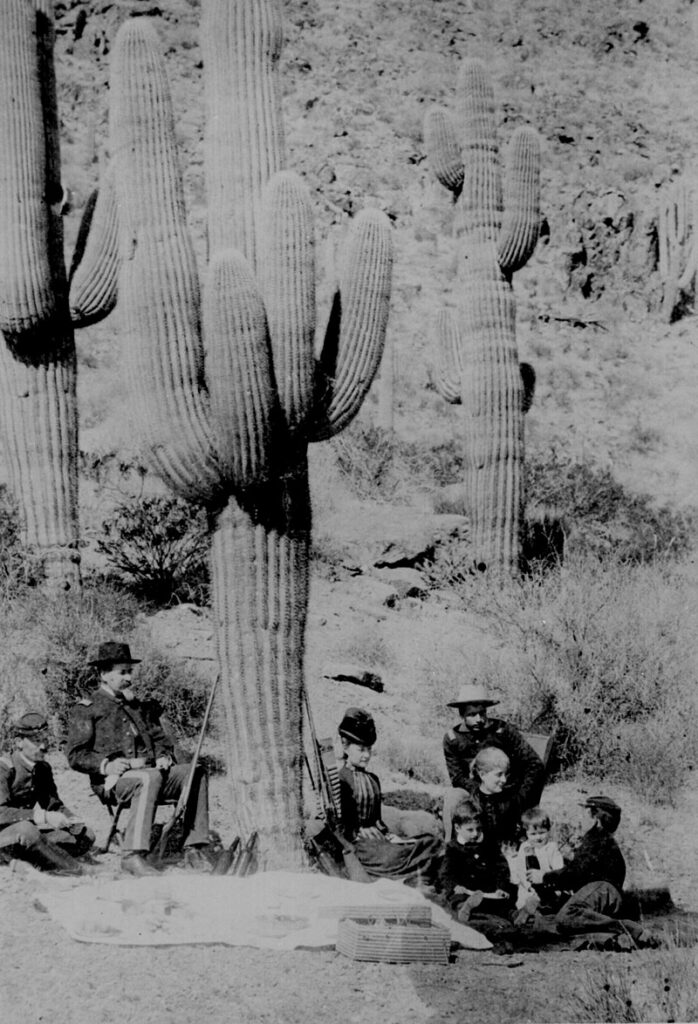
Following the cessation of its military functions, Fort Thomas played a role in developing the surrounding area.
The transition from a military outpost to a civilian community mirrored the broader transformation of the American West from a frontier region to a more settled and developed part of the country.
The community that grew around the former fort absorbed elements of its military past while adapting to new economic and social realities.
While much of the original structure of Fort Thomas may not have survived through the years, any remaining architecture offers a glimpse into the past.
The style and construction of these buildings reflect the practical and functional design typical of military installations of the period.
They stand as silent witnesses to a bygone era, each structure potentially holding stories of the daily lives of the soldiers stationed there.
Role in Local and National History
Fort Thomas is more than just a point of historical interest in Arizona; it is part of the national story of the United States’ expansion westward.
The fort’s involvement in the Apache Wars is at the heart of a significant and often controversial period in American history.
Its story contributes to a broader understanding of the complexities and challenges of this period, including the U.S. government’s policies towards Native American tribes.
Fort Thomas Today: A Historic Resource
The area where Fort Thomas once stood now serves as a resource for historical and educational exploration. For history students, the fort provides a case study in military strategy, frontier life, and U.S.-Native American relations.
For visitors and locals, it connects to their regional heritage, offering a tangible link to the past.
The fort’s legacy continues to influence the identity and culture of the region, adding depth to the understanding of Arizona’s and the American Southwest’s history.
9. Camp Grant
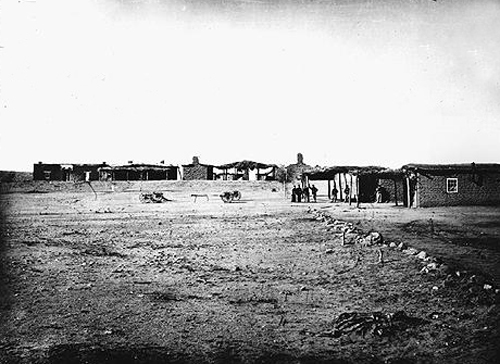
Camp Grant, situated in Arizona, has a multifaceted history that reflects the evolving dynamics of the American Southwest, particularly during the period of westward expansion and conflict with Native American tribes.
Over the years, the camp underwent several name changes, each reflecting a different historical phase.
Camp Grant was initially established in the early 1860s, during a time of significant military activity in the Arizona Territory.
Its primary purpose was to serve as a strategic outpost for U.S. military operations in the region, particularly during the various conflicts with Native American tribes.
Name Changes Reflecting Evolving Roles
- Camp Grant (Original Name): The camp was initially named after General Ulysses S. Grant. This name was used during its early period when it functioned primarily as a military base in the Apache Wars.
- Fort Breckinridge: For a time, the camp was known as Fort Breckinridge, named after John C. Breckinridge. This change reflected its evolving status from a temporary camp to a more permanent military installation.
- Reversion to Camp Grant: The name was reverted back to Camp Grant later in its history, likely as part of a broader shift in the military’s strategy and presence in the region.
Role in the Apache Wars
Camp Grant played a significant role in the Apache Wars, serving as a base for operations against the Apache tribes.
Its strategic location made it crucial for launching military campaigns and managing the complex dynamics between the U.S. forces and Native American tribes.
Transition to Civilian Use
As the need for military outposts decreased with the end of the frontier era, Camp Grant underwent a transition.
It evolved from a military base to a site with more civilian functions, reflecting the broader changes happening in the Arizona Territory as it moved from a frontier region to a more settled area.
Camp Grant Today
Today, the site of Camp Grant, with its varied names and roles throughout history, offers a window into a tumultuous and transformational period in American history.
Its legacy is tied to the narrative of westward expansion, military campaigns against Native American tribes, and the eventual settlement and development of Arizona.
For historians, educators, and visitors, the history of Camp Grant (and its various iterations as Fort Breckinridge and back to Camp Grant) provides valuable insights into military strategy, frontier life, and U.S.-Native American relations.
The site remains a significant historical resource for understanding the complex and often challenging history of the American Southwest.
10. Fort McDowell
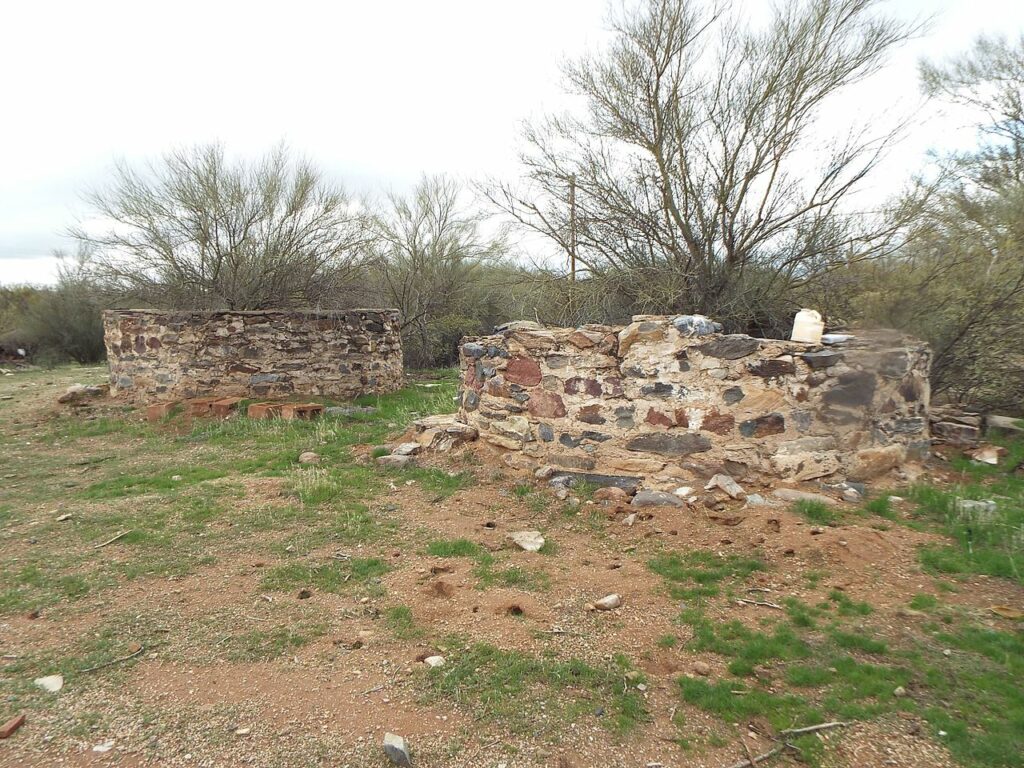
Fort McDowell, established in the Arizona Territory, has a rich history spanning several decades.
This history reflects the changing dynamics of the American West, particularly during the period of military campaigns against Native American tribes.
Fort McDowell was established in 1865 amidst the backdrop of the Indian Wars.
The primary purpose of this fort was to facilitate the U.S. military’s efforts in subduing Native American tribes in the region, specifically the Apache, Yavapai, and Mohave tribes.
Its strategic location in central Arizona made it a crucial outpost for military operations.
Role in the Apache Wars and Relations with Native Tribes
Fort McDowell played a significant role in the Apache Wars, serving as a key base for military expeditions against the Apache.
The fort’s presence in the region was part of a broader strategy of the U.S. government to establish control over the Arizona Territory and manage its relations with the Native American tribes.
The Fort’s Evolving Function
Over time, as the immediate military conflicts with the Native tribes diminished, the role of Fort McDowell evolved.
The fort continued to serve as a military outpost, but its activities shifted to include other aspects, such as scouting and providing a buffer zone between settlers and Native tribes.
By the end of the 19th century, the need for Fort McDowell as a military outpost decreased. The fort was officially decommissioned in 1890, marking the end of its role as a military installation.
The decommissioning of the fort was part of a more significant trend of reducing military presence in the West as the frontier era ended.
Fort McDowell’s Legacy and Historical Importance
Today, the site of Fort McDowell is a symbol of the historical period of westward expansion and conflict in the American West.
Its legacy offers insights into the military strategies, the interactions between the U.S. government and Native American tribes, and the broader narrative of American history during the 19th century.
While much of the original structure of Fort McDowell may not exist today, its historical footprint remains an important part of Arizona’s past.
The site serves as a resource for historical exploration and education, providing a glimpse into a significant era in the history of the American Southwest.
Fort McDowell remains a poignant reminder of a complex and transformative period in the nation’s past for historians, educators, and those interested in American history.
Related: 7 Army Forts in Arizona
Conclusion – Historic Forts in Arizona
These historic forts in Arizona, from Fort Huachuca to Fort Lowell, represent a significant chapter in American history.
They reflect the struggles and triumphs of the United States military, the hardships of frontier life, and the complex interactions between settlers and Native Americans.
Visiting these sites offers an enjoyable trip back in time, revealing the layers of history that shaped the American Southwest.
Thanks for reading! If you have visited any of these forts, we would love to hear about your experience in the comment section below.

Cory is a website owner and content creator who enjoys fishing, history, coin collecting, and sports, among other hobbies. He is a husband and father of four.
Romans 15:4 For whatever was written in former days was written for our instruction, that through endurance and through the encouragement of the Scriptures we might have hope.

